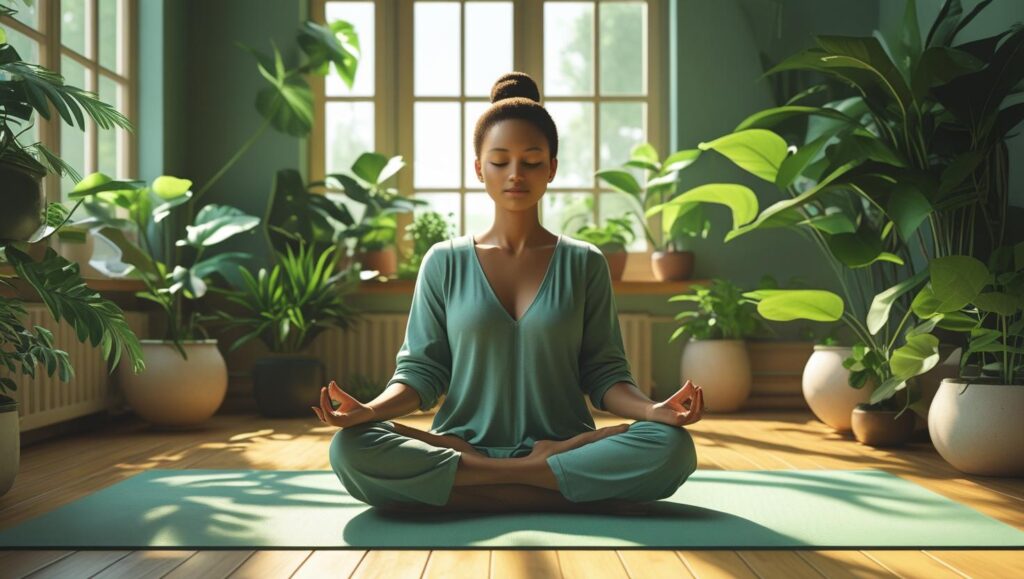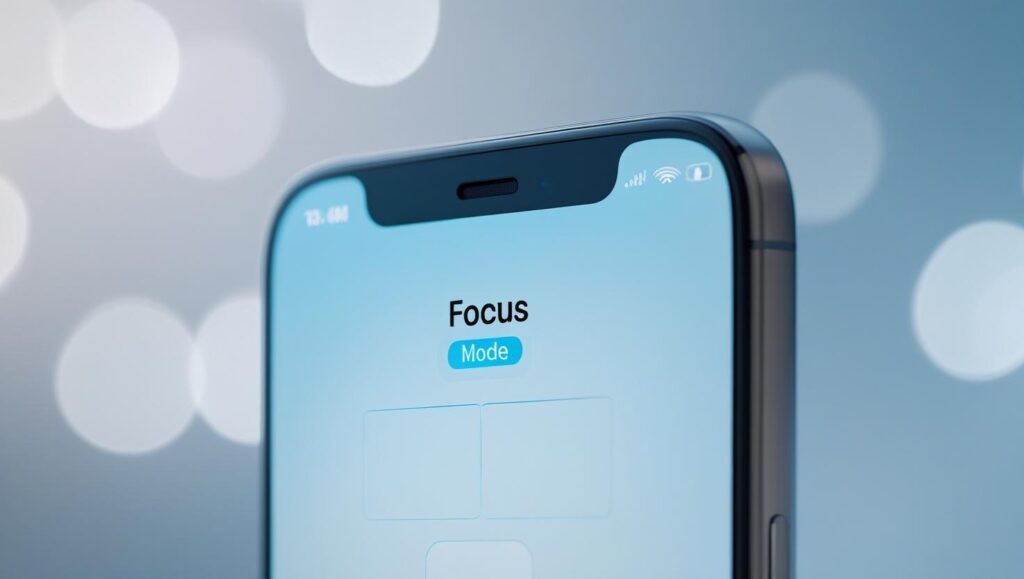Hey Beautiful Butterflies!
Ever grab your phone for “just a minute” to check one notification and suddenly find yourself three hours deep in someone’s vacation photos from 2019? Or maybe you meant to quickly respond to a text, but somehow ended up watching TikToks about organizing spice racks (that you’ll never actually organize)?
Girl, I see you. And I am you.
If you have ADHD, you already know that our brains work differently. What you might not realize is just how perfectly designed social media and apps are to hook our particular brand of beautiful, chaotic brain wiring. It’s like they studied our dopamine-seeking, time-blind, easily-bored minds and said, “Let’s make this as irresistible as possible.”
But here’s the thing I want you to know right upfront: this isn’t about shame. It’s not about being “bad” or lacking willpower. It’s about understanding why our brains crave screens so intensely and finding gentler ways to create some balance in our lives.

Why ADHD Brains Love Screens
Let’s talk about what’s actually happening in our brains when we pick up that phone. Our ADHD brains have lower baseline levels of dopamine—that feel-good neurotransmitter that helps us feel motivated and focused. So we’re constantly seeking ways to boost it, often without even realizing it. In My The ADHD Womans Guide To Screen Detox, I share the techniques I have found and try to use to help create boundaries with technology. If you would like a guide to help you get started creating boundaries with social media heres the link.
Social media apps are basically dopamine slot machines. Every scroll gives us a tiny hit: a funny meme, a notification, a cute dog video. It’s instant, it’s effortless, and it feels good in the moment. For brains that struggle with delayed gratification and crave immediate rewards, it’s incredibly appealing.
Then there’s the boredom factor. ADHD brains hate being understimulated. That restless, uncomfortable feeling when we’re not engaged? Screens provide instant relief. Feeling anxious about that work project? Scroll. Overwhelmed by the messy kitchen? Scroll. Bored during a conversation? Quick phone check.
And let’s not forget about time blindness—our lovely inability to accurately perceive how much time has passed. What feels like five minutes of scrolling can easily be an hour. We genuinely lose track of time because our brains aren’t great at monitoring it in the first place.

Urge Surfing — A Gentle Way to Pause Before You Scroll
Okay, so now that we know why our brains love screens, let’s talk about what we can actually do about it. The first technique that’s been a game-changer for me is something called “urge surfing.”
Think of urges like waves—they build up, peak, and then naturally subside. The trick is learning to ride the wave instead of immediately acting on it. This works beautifully for ADHD brains because it doesn’t rely on pure willpower (which, let’s be honest, we don’t always have in abundance).
Here’s how I practice it: When I feel that familiar pull to grab my phone, I pause and take three deep breaths. I notice the urge without judgment—”Oh, there’s that wanting-to-scroll feeling again.” I might even say to myself, “I see you, urge. You’re here because my brain wants some dopamine right now.”
Then I wait. Not forever—just 30 seconds to a minute. I focus on my breathing and notice how the urge feels in my body. Is there tension in my shoulders? Restlessness in my hands? I just observe it with curiosity rather than fighting it.
Most of the time, the urge passes or becomes much more manageable. Sometimes I still choose to use my phone afterward, but it’s a conscious choice rather than an automatic reaction. The key is creating that tiny pause between feeling the urge and acting on it.

Make Scrolling Harder (But Not Impossible)
This next strategy is all about adding healthy friction to our phone habits. We’re not trying to go cold turkey here—we’re just making it slightly less automatic.
One thing that’s helped me enormously is putting my phone in grayscale mode. It sounds simple, but removing those bright, attention-grabbing colors makes scrolling so much less appealing. Instagram just isn’t the same in black and white! You can usually find this setting under accessibility options on your phone.
I also moved my most time-consuming apps off my home screen and buried them in folders. Now when I want to check Instagram, I have to swipe, find the folder, and tap through multiple screens. It’s not hard, but it’s just enough friction to make me pause and think, “Do I really want to do this right now?”
App timers have been helpful too, though I’ll be honest—I sometimes ignore them when they pop up. But even seeing “You’ve spent 2 hours on TikTok today” can be a gentle wake-up call.
The goal isn’t to make phone use impossible or to shame ourselves when we use it. It’s about making our habits less automatic so we can make more intentional choices. Its about creating healthy boundaries with technology, if you want a more in-depth guide that’s easy to follow, Read my Screen Detox Guide. Some days I’ll hit my app timer and think, “You know what? I’m tired and I want to scroll for a bit longer.” And that’s okay! The difference is that it’s a conscious decision.

Boost Dopamine in Healthier Ways
Now for my favorite part—finding other ways to give our brains that dopamine hit they’re craving. I like to think of this as creating a “dopamine menu” for myself.
When I notice I’m reaching for my phone out of boredom or restlessness, I try to pick something from my mental menu instead. Sometimes it’s putting on my favorite song and having a two-minute dance party in my kitchen. Sometimes it’s doodling in the margins of whatever I’m working on. Sometimes it’s texting a friend something funny or random.
Other items on my dopamine menu: stepping outside for a few deep breaths, doing jumping jacks, organizing one small area (like my desk drawer), or even just stretching. The key is keeping these activities short and accessible so they can actually compete with the instant gratification of scrolling.
I also discovered that calling someone—even just for a quick “how’s your day going?” chat—gives me way more sustained good feelings than scrolling through their posts. It’s like the difference between eating a handful of candy versus having a satisfying snack that actually nourishes you.
The beautiful thing about building this dopamine menu is that it helps address the root cause of our phone cravings. Instead of just restricting ourselves (which often leads to that rebellious “I’ll show you who’s boss” feeling), we’re giving our brains what they actually need in healthier ways.

You’re Not Broken, You’re Just Seeking Balance
Here’s what I want you to remember: You’re not lazy. You’re not addicted. You’re not lacking willpower. You have a brain that craves dopamine and stimulation, and you’re living in a world full of devices specifically designed to provide exactly that.
The fact that you’re here, reading this, thinking about creating more balance in your life? That’s already huge. It shows you’re self-aware and ready to make some gentle changes.
You don’t have to implement everything at once (and honestly, please don’t try to—that’s a recipe for overwhelm). Pick one idea that resonates with you and experiment with it for a week. Maybe it’s trying urge surfing, or maybe it’s putting your phone in grayscale mode. Maybe it’s brainstorming three quick dopamine boosters you can try instead of scrolling.
Small changes really do add up. And remember, this isn’t about perfection—it’s about progress. Some days you’ll nail it, and some days you’ll find yourself deep in a social media rabbit hole. Both are part of the journey.
What matters is that you’re being intentional about creating the kind of relationship with technology that actually serves your beautiful, complex, wonderfully ADHD brain.
What’s your favorite screen-free way to boost your mood when you’re feeling restless or bored? I’d love to hear what works for you—drop a comment and let’s build our collective dopamine menu together!